The Kongo class were one of Japan’s primary capital ships during both World Wars. Initially laid down as the Kongo class battlecruisers, the ships were upgraded throughout their lives, eventually evolving into the Kongo class battleships and then further developed into capable fast battleships. They would go on to see the hardest service of any Japanese battleship during World War II.
Beginnings of the Kongo Class
A 1914 advertisement from Vickers Limited. Among the various projects, the Japanese battlecruiser Kongo is featured. The four ships of the Kongo class were designed by renowned naval architect Sir George Thurston. The first ship of the class, Kongo, would be built in England at the Vickers shipyard while the others were to be built in Japan. Kongo was laid down on January 17, 1911. She would be launched on May 18, 1912. Following her commissioning on August 16, 1913, Kongo would depart England for Japan.
The battlecruiser Hiei undergoing fitting out work at the Yokosuka Naval Arsenal in 1913. She was the second of the Kongo class ships and the first to be built in Japan. Hiei was laid down on November 4, 1911. Though she was built in Japan, a majority of her equipment was manufactured in the United Kingdom and shipped to Japan for assembly. Work progressed quickly and her hull was launched just over a year later on November 21.
A 14″ gun is lifted in preparation for fitting aboard the battlecruiser Haruna at the Kobe shipyard in 1914. The gun, known as the 14inch 41st Year Type, was one of the most powerful weapons of its type when first introduced. They were patterned after the Vickers 14inch/45, the Vickers designed gun that was developed to arm Kongo, the lead ship of the class. In 1917, the Japanese Navy went metric and all of their weapons received new designations. The 14inch 41st Year Type was renamed the 36cm 41st Year Type.
Originally, the Kongo class were to be armed with ten smaller 12″ naval guns. However, the Japanese Navy pushed for the adoption of heavier naval guns to surpass other dreadnoughts under development. After witnessing the trials of the Vickers 14inch gun, Japan formally decided to use the gun in the Kongo class. At this point Kongo had already been laid down. Several changes had to be made to the ship to accommodate the larger weapon.
The battlecruiser Kirishima, the third of the Kongo class, slides down the launching way on December 1, 1913. Kirishima was built by the Mitsubishi shipyard at Nagasaki, Japan. Japan had traditionally had its warships built in government shipyards. However, as ship production ramped up, those shipyards were unable to keep up with demand. Kirishima, along with her sister Haruna, were the first Japanese capital ships to be built in private shipyards.
Battlecruisers to Battleships to Fast Battleships
The battlecruiser Haruna undergoing trials in 1915. From their construction until their first reconstruction during the later 1920s, the Kongo class were classified as battlecruisers. This was due to their preference for firepower and speed over armor. Still, the Kongo class was well armoured for battlecruisers with armor rivaling that of previous Japanese battleships.
The Kongo class were initially propelled by no less than thirty-six boilers supplying steam to two sets of steam turbines. This powerplant was good for a speed of roughly 27.5 knots.
Kongo Class (As Battlecruisers)
Length – 704′ (214.58m)
Beam – 92′ (28.04m)
Draft- 27′ (8.22m)
Displacement – 26,952 Long Tons
Armament:
- 8x 14inch 41st Year Type Naval Guns
- 16x 6″ 41st Year Type Naval Guns
- 4x 3″ Anti-Air Guns
- 8x 21″ Torpedo Tubes
The battleship Kirishima following her first reconstruction. The Washington Naval Treaty prevented Japan from building new battleships until 1931. In the meantime, Japan decided to upgrade existing battleships to keep them relevant. The Kongo class battlecruisers, with the exception of Hiei, were rebuilt during the late 1920s. About 4000 tons of additional arrmor was fitted to the ships, mainly around the magazines and machinery spaces. Torpedo protection was added in the form of bulges fitted to the sides. The original thirty-six boilers were removed and replaced with newer Kampon boilers. With no increase in power, but an increase in weight and drag, the speed of the Kongo class dropped to 26 knots. This led them to be reclassified as battleships.
The new Kongo class received a new bridge structure. The loss of boilers allowed for the removal of the forward funnel. This had the benefit of improving the working environment on the bridge as smoke interference decreased. In addition, the Kongo class received equipment to handle floatplanes though without a catapult.
Haruna, now a fast battleship, running her trials on August 28, 1934 following her second reconstruction.
In 1933, Japan withdrew from the League of Nations. At the same time, they removed themselves from the restrictions of the naval treaties, giving them greater freedom in naval expansion. Almost immediately, another round of modifications was planned for the Kongo class. Mindful of the growing capabilities of aircraft carriers, the Kongo class were to be fast enough to operate with these warships.
The second reconstruction saw the Kongo class receive a much stronger power plant. The older boilers were replaced with eleven new Kampon oil-fired variants. New geared turbines replaced her older models. The new boilers and turbines gave the ships an additional 72,000shp for a total of 136,000 shaft horsepower. In addition, the Kongo class had their stern lengthened by twenty-six feet, giving them a higher length to beam ratio. This allowed the Kongo class to achieve speeds of 30.5 knots, making them the fastest of Japan’s battleship fleet and the only ones able to keep pace with aircraft carriers.
In addition to the powerplant, the Kongo class also received improvements to their armor and firepower. The belt was made a uniform thickness of 8″ while deck armor was thickened with up to 4″ of armor over the magazines. The turrets and magazines also received additional armor. The battleships lost their 3″ anti-aircraft guns for eight new 12.7cm dual-purpose weapons. Two of the 15cm guns were removed as well as the torpedo tubes. A battery of new 13.2mm machine guns for anti-aircraft defense were installed.
Lastly, the appearance of the Kongo class underwent another change. The bridge was rebuilt into the well known “pagoda” style mast while the rest of the superstructure also received some modifications. An aircraft catapult was also installed between the aft turrets. The Kongo class came out of their rebuilds larger, faster, and more dangerous than ever.
Kongo Class (As Fast Battleships)
Length – 728′ (222m)
Beam – 101′ 8″ (31m)
Draft – 31′ 10″
Displacement – 36,600 Long Tons
Armament:
- 8x 36cm 41st Year Type Naval Guns
- 8x 15cm 41st Year Type Naval Guns
- 8x 12.7cm Type 3 Naval Guns
- Various 13.2mm later 25mm Anti-Air Guns
In addition to their battlecruiser and battleship roles, the battleship Hiei served in an additional role, that of a training ship. Due to the Washington Naval Treaty, Japan would be forced to scrap one of the Kongo class. To avoid this, the choice was made to demilitarize Hiei and convert her into a training ship in 1929. She lost her aft 36cm gun turret. All of her torpedo tubes and secondary guns were removed. In addition, her armor belt was also removed along with several of her boilers.
Though assigned to the Imperial Navy training squadron, Hiei would serve in this role for a very short time. Anger of the League of Nations resulted in Japan removing themselves from the League as well as pulling out of the naval treaties. This meant that Hiei was no longer required to be a training ship and could be rebuilt into a battleship. Before this began, she briefly served as the personal transport of the Japanese Emperor. In 1937, she entered drydock to be rebuilt into a modernized fast battleship. When she emerged from construction in 1940, once again resembling her sisters in both form and role.
The Kongo Class in Service
The battlecruiser Haruna off of Kobe, Japan in 1915. She had been commissioned one week earlier on April 19, 1915.
Haruna off of Yokosuka, Japan in 1916.
The battlecruiser Hiei off of Sasebo, Japan in 1926. While her sisters were soon due to be converted into battleships, Hiei would instead be converted into a training ship. She would remain a training ship for the next several years before being rebuilt as a fast battleship starting in 1937.
Haruna in 1928, just after her conversion into a battleship.
Hiei serving as a training ship in 1933. At this point she was also serving as the primary transport of the Emperor.
The fast battleship Kirishima in 1937 following her conversion into a fast battleship.
Elements of the Imperial Japanese Navy anchored off of Tsingtao, China on March 25, 1938. The battleships Kirishima and Kongo are part of the fleet. The Japanese Navy was heavily involved in operations off the coast of China during the Second Sino-Japanese War. The Kongo class battleships were heavily involved with the war, ferrying soldiers and material into China while also providing support to forces ashore.
Kirishima anchored off of Tsukumo in 1939 along with the fleet carrier Akagi. With their high top speeds, the Kongo class were the only battleships in the Japanese inventory capable of operating together with the fleet carriers.
Hiei conducting her full power trials following her reconstruction.
Elements of the Japanese Fleet that sortied into the Indian Ocean on March 30, 1942. All four of the Kongo class battleships participated in this raid as they screened the fleet carriers.
Ships from Left to Right: Akagi, Soryu, Hiryu, Hiei, Kirishima, Haruna, and Kongo.
The battleship Hiei circling helplessly as she is bombed by B-17 bombers on November 13, 1942. Earlier she participated in the First Naval Battle of Guadalcanal. During the battle, Hiei helped cripple the American cruiser Atlanta and helped sink a destroyer. However, she was the focus of US fire and sustained severe damage. Hiei, having lost steering, was only able to steer in circles. She was attacked the next day by US aircraft and finally scuttled by her escorting destroyers. She was the first Japanese battleship lost during World War
The battleship Kongo seen conducting evasive maneuvers as she tries to avoid United States carrier aircraft during the Battle of the Philippine Sea on June 20, 1944. Kongo served as an escort during the battle and provided anti-aircraft fire. She managed to survive the battle undamaged.
Of the four Kongo class battleships, three were sunk by 1944. Only Haruna survived into 1945. As one of the few remaining capital ships in the Japanese Navy, she became a prime target for the United States Navy. On July 28, carrier based aircraft carried out an attack on the Kure Naval Base. Haruna, being moored there, was one of the primary targets of the operation.
Another image showing the United States attack on the Kure Base. Haruna is under intense attack as several bombs boil the sea around her. Eight bombs struck the battleship, inflicting severe damage. Unable to hold back flooding, Haruna sunk at her moorings later that day.
The last of the Kongo class, the wreck of the battleship Haruna as she sits on the bottom off of Kure in October of 1945. A year later she would be raised and scrapped, bringing an end to the Kongo class ships after roughly three decades of service to Japan.
Further Links
Want to keep up with the latest articles or connect with the Navy General Board community? Follow us on social media like Facebook, Twitter, or Instagram. Also check out our forum to meet some of the other readers and authors. You can also access our entire collection of articles on the Articles page.
Want to follow Navy General Board on Social Media? Check us out on the platforms below!
More Great Articles
The biggest Cruisers of World War II.
Life aboard a US Navy Battleship During the Korean War.
Why were so many Warships Never Built?
The Iowa Class Battleship, A Departure from Traditional Design
Battleship Showdown : South Dakota vs B16B/38
Until Next Time!

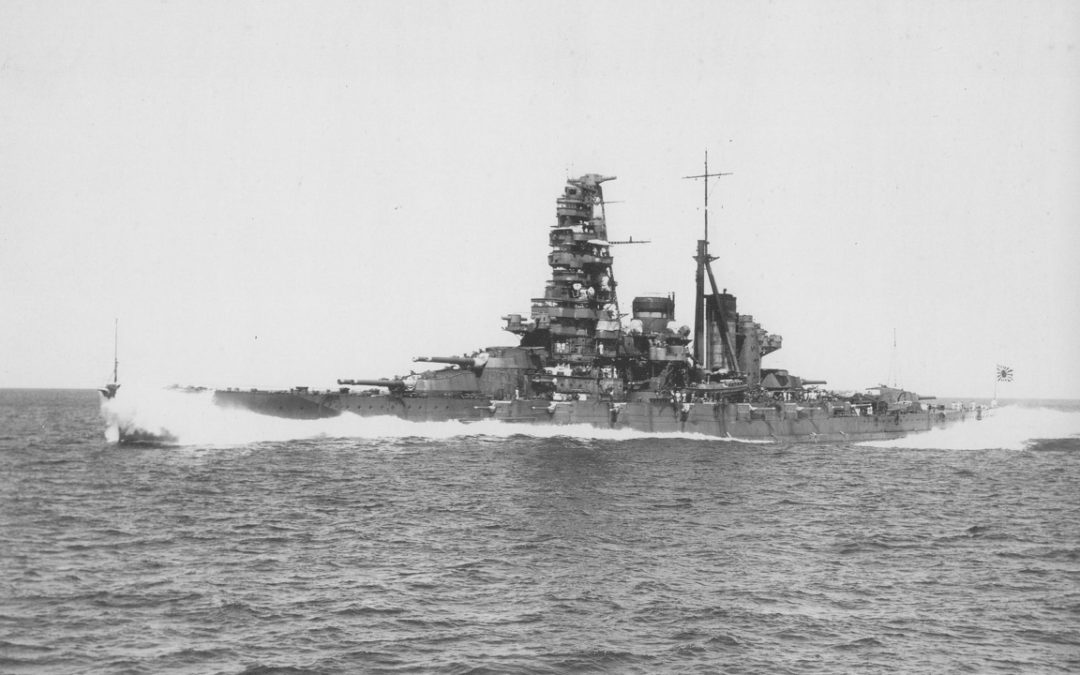
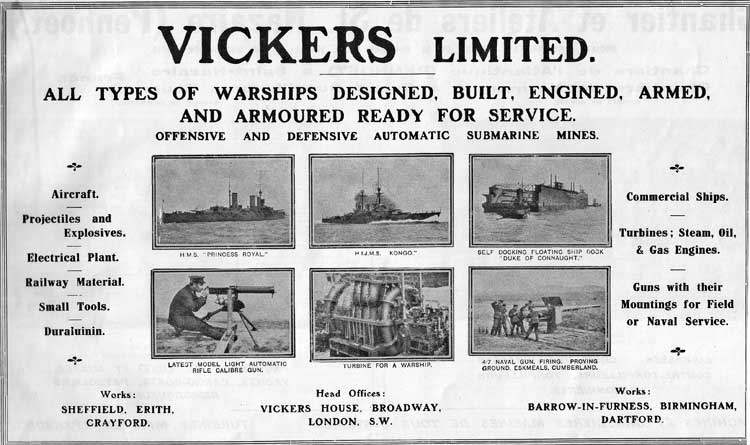
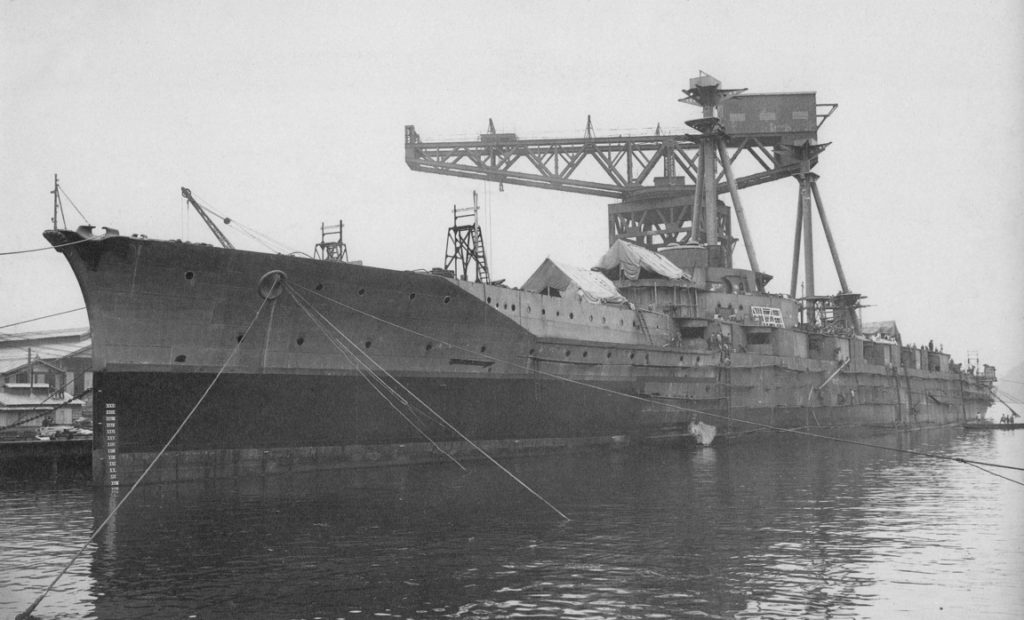
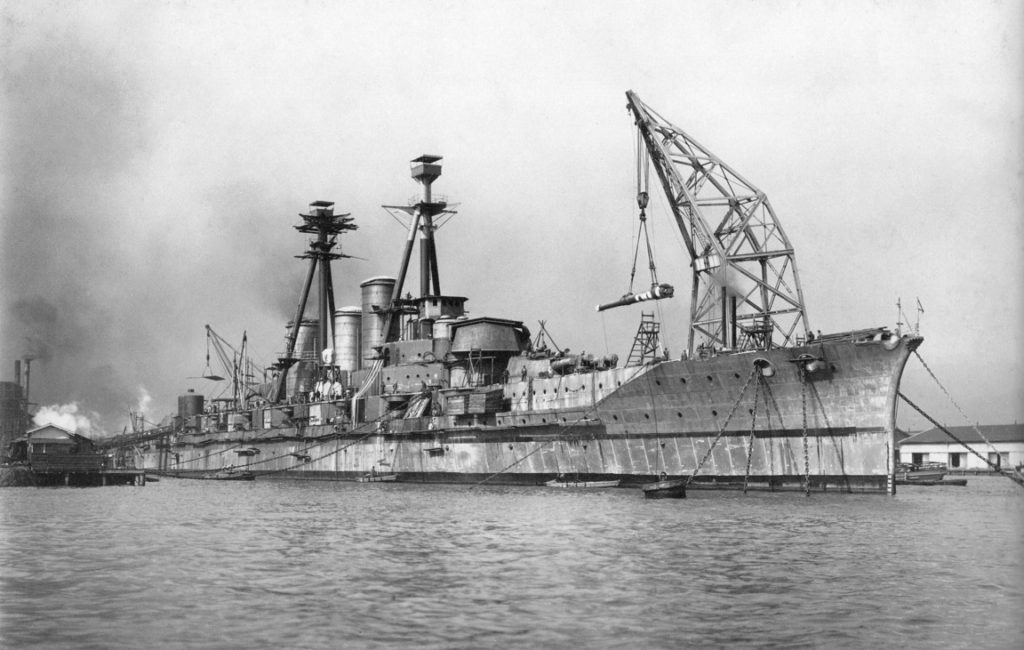
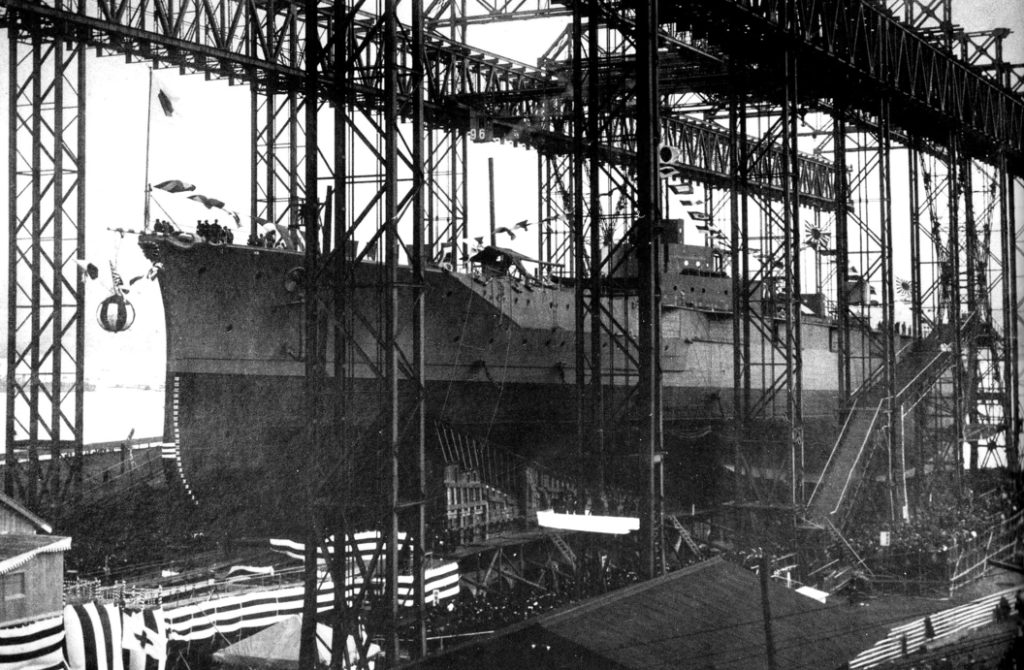
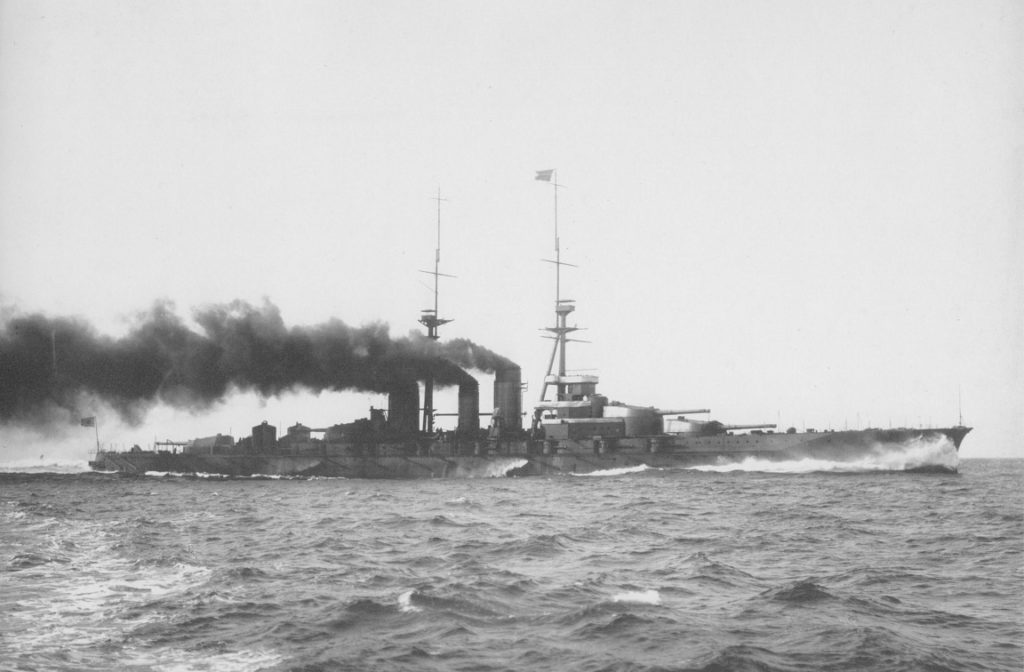
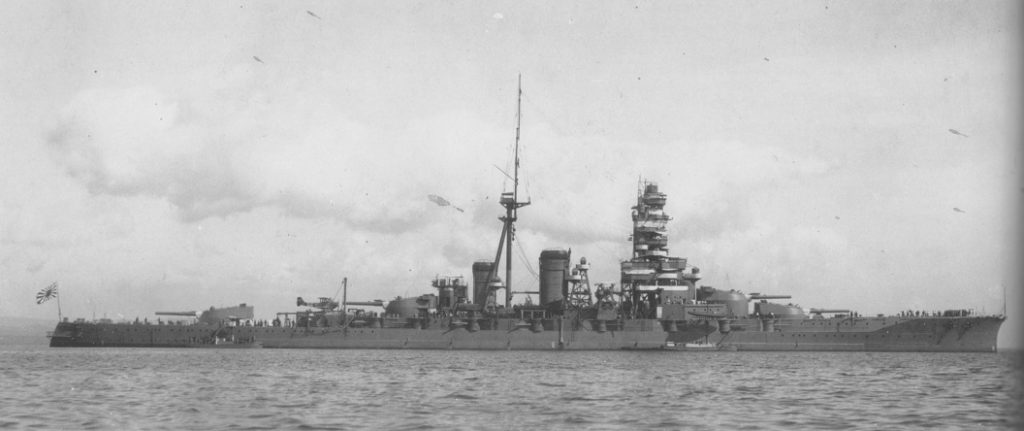
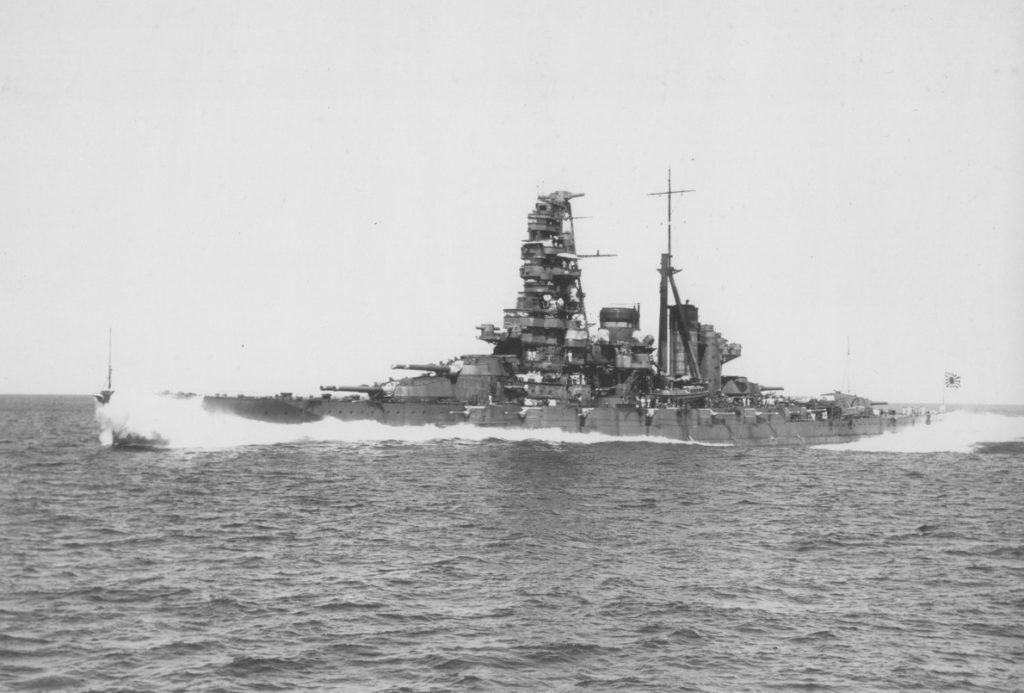
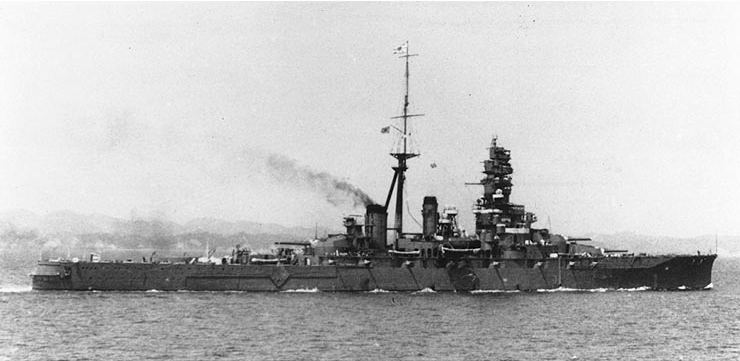
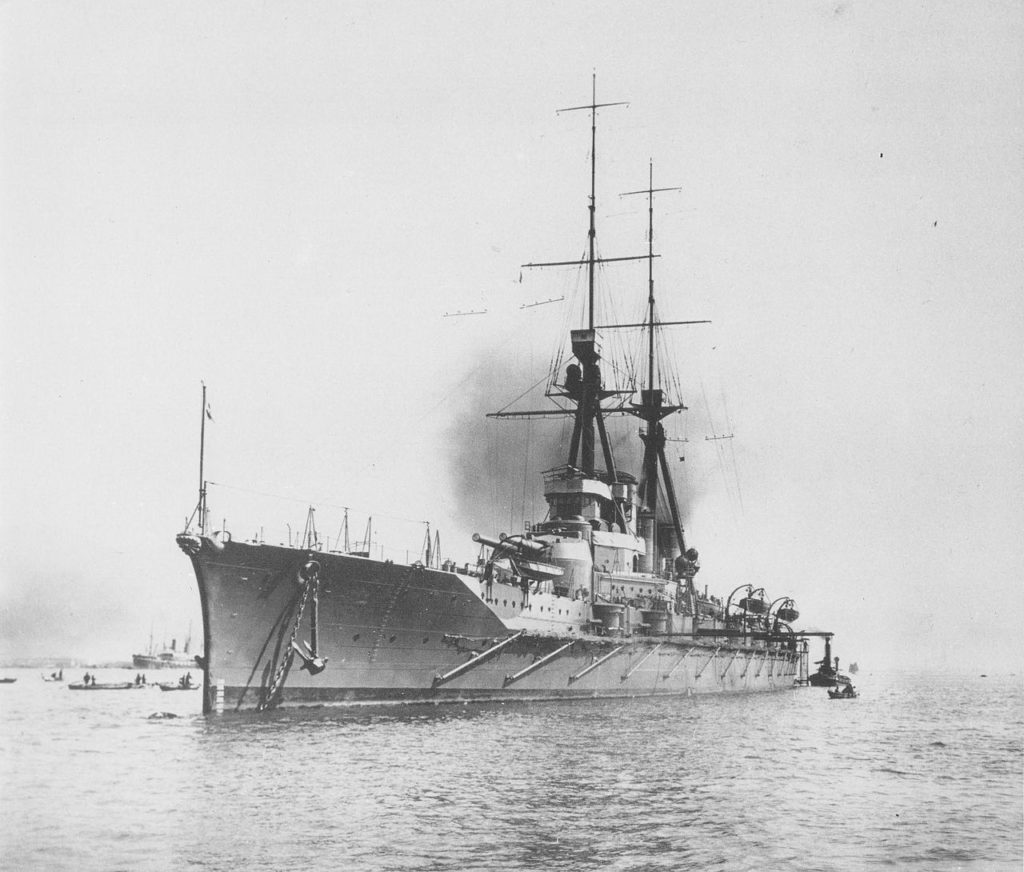
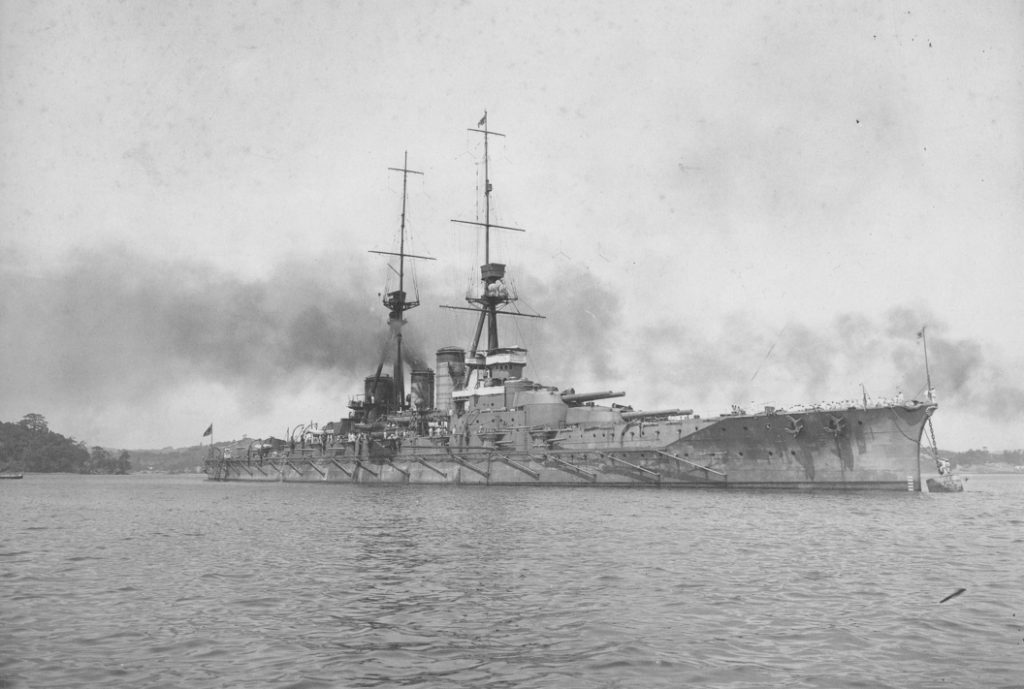
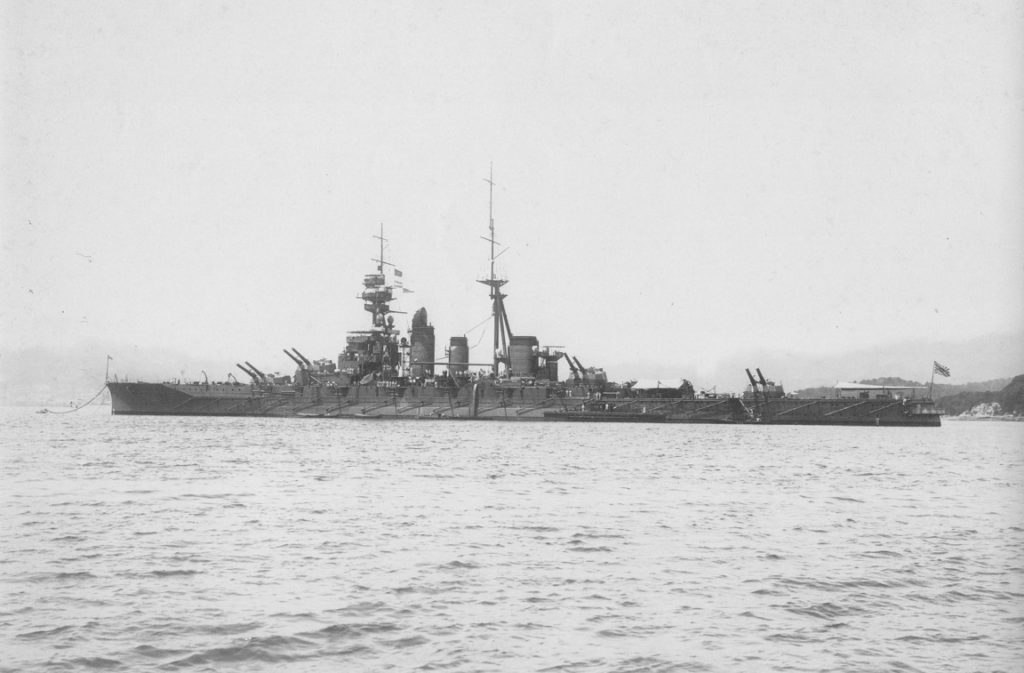
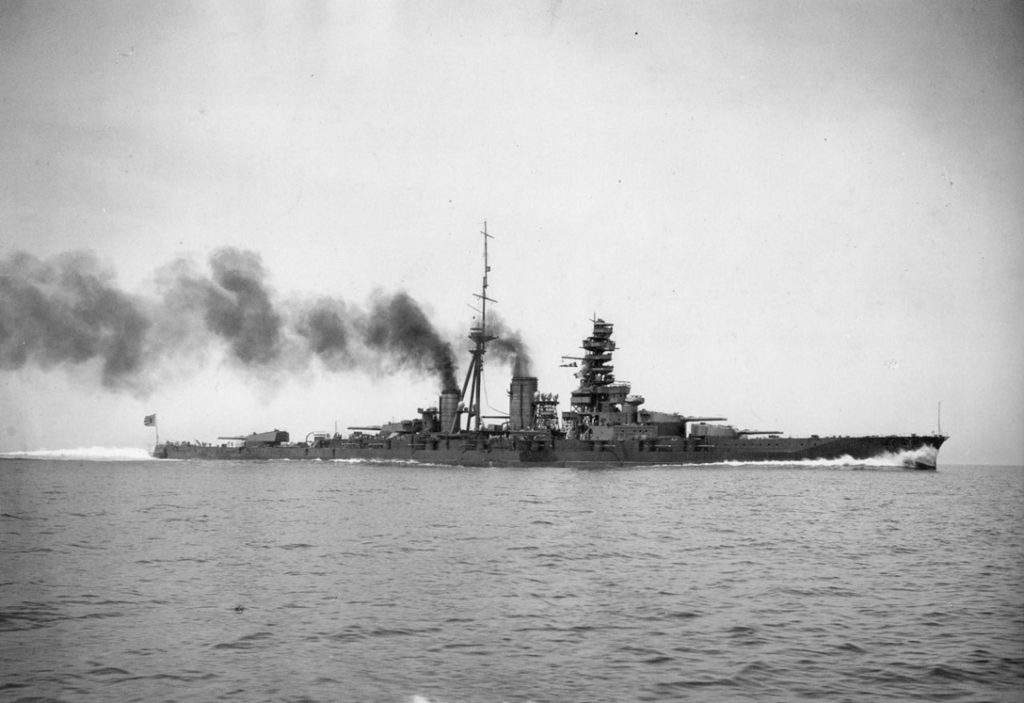
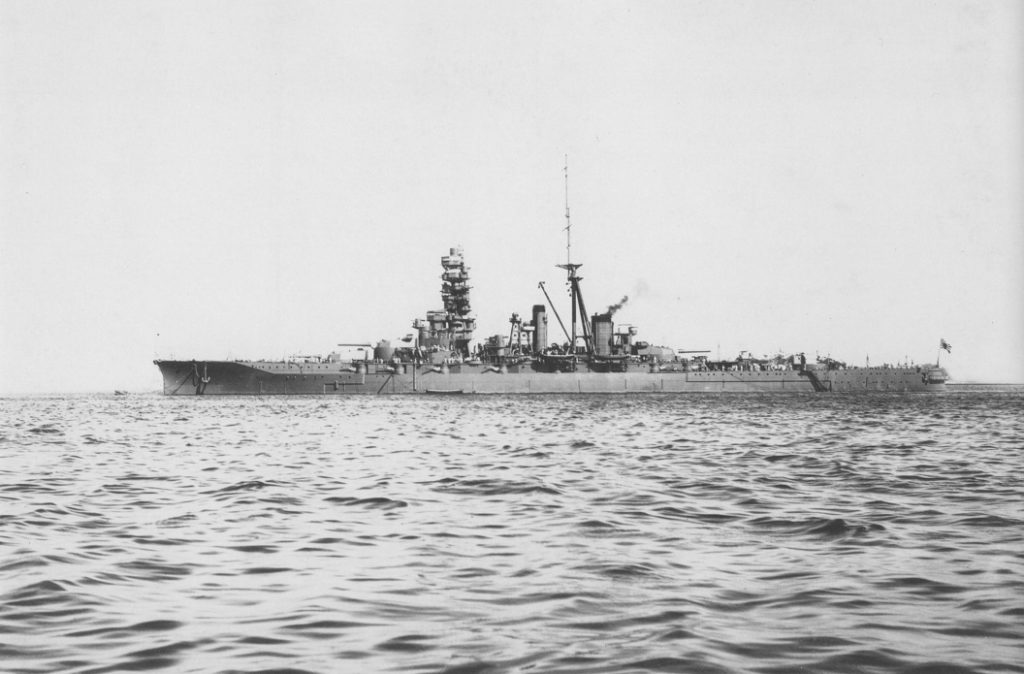
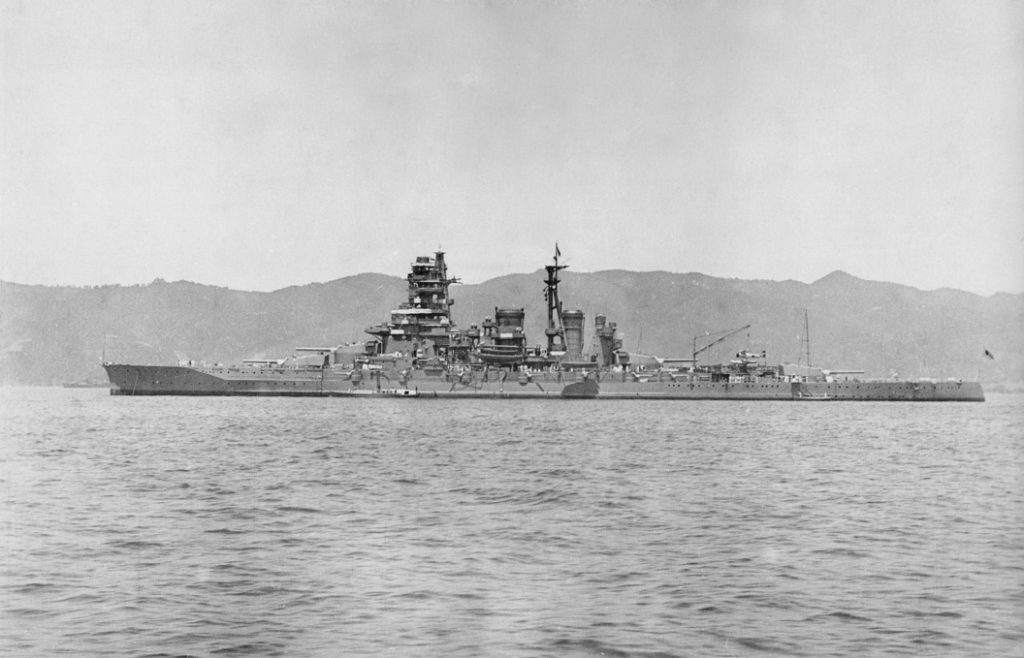
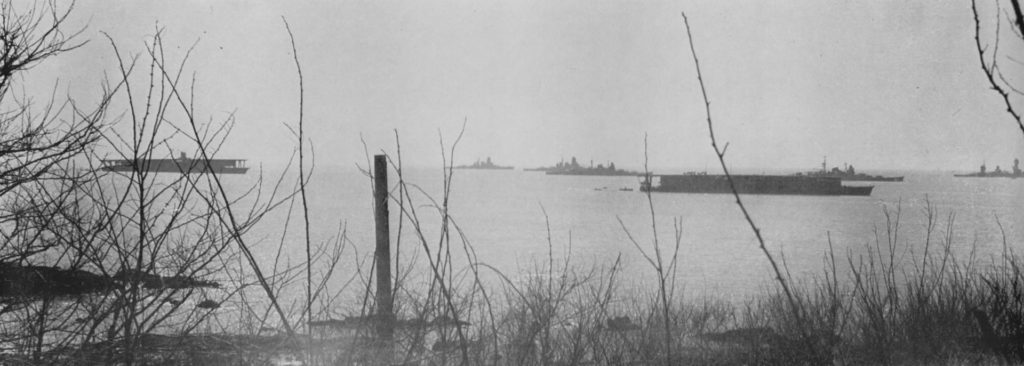
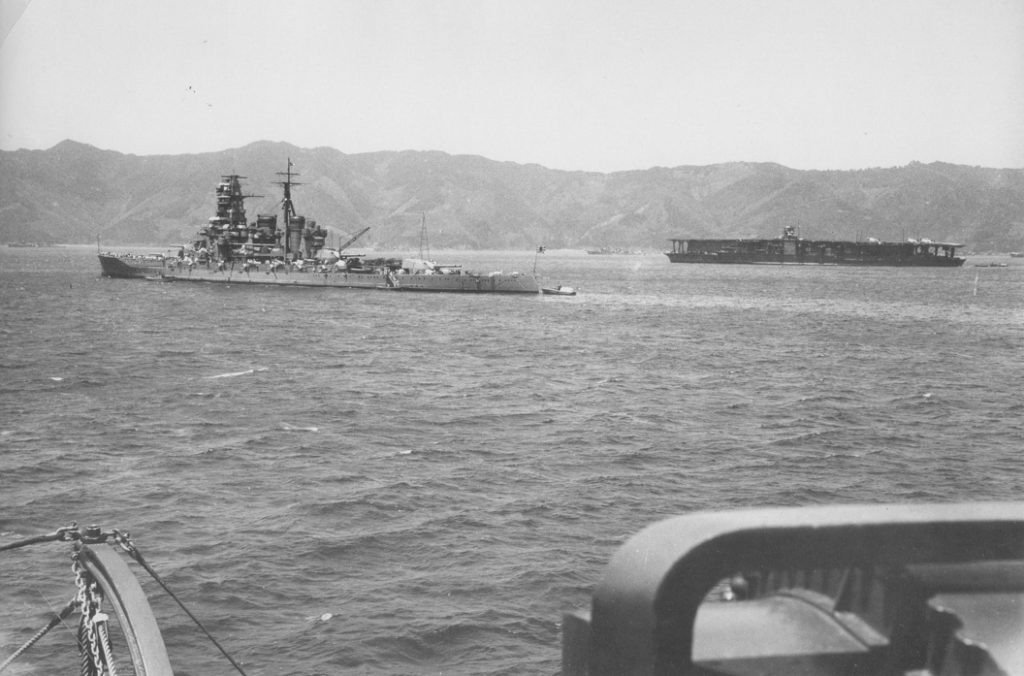
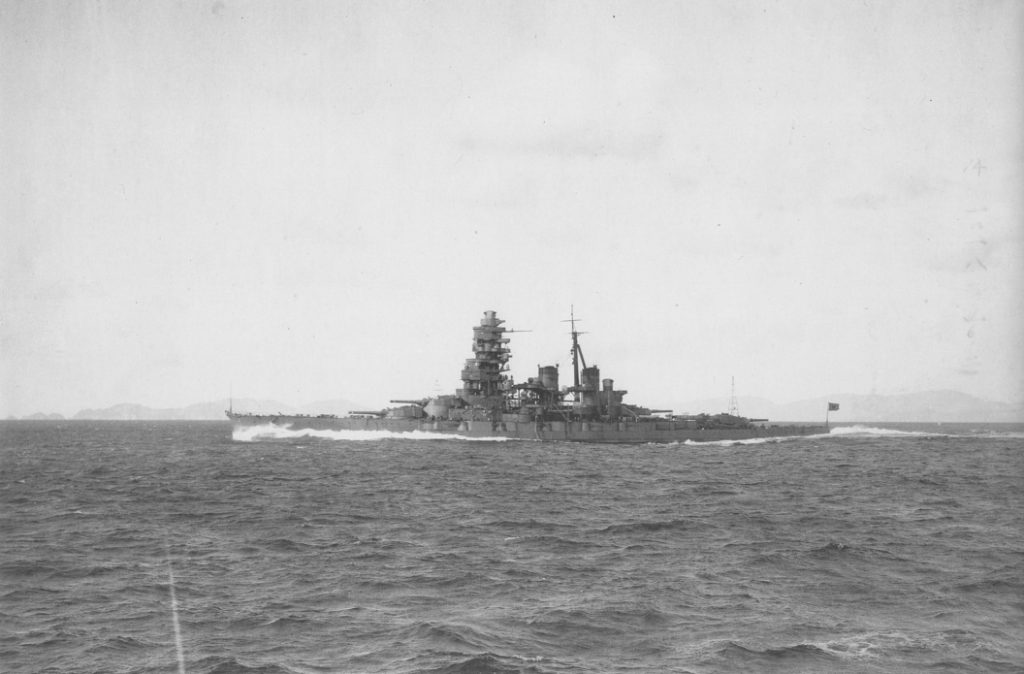
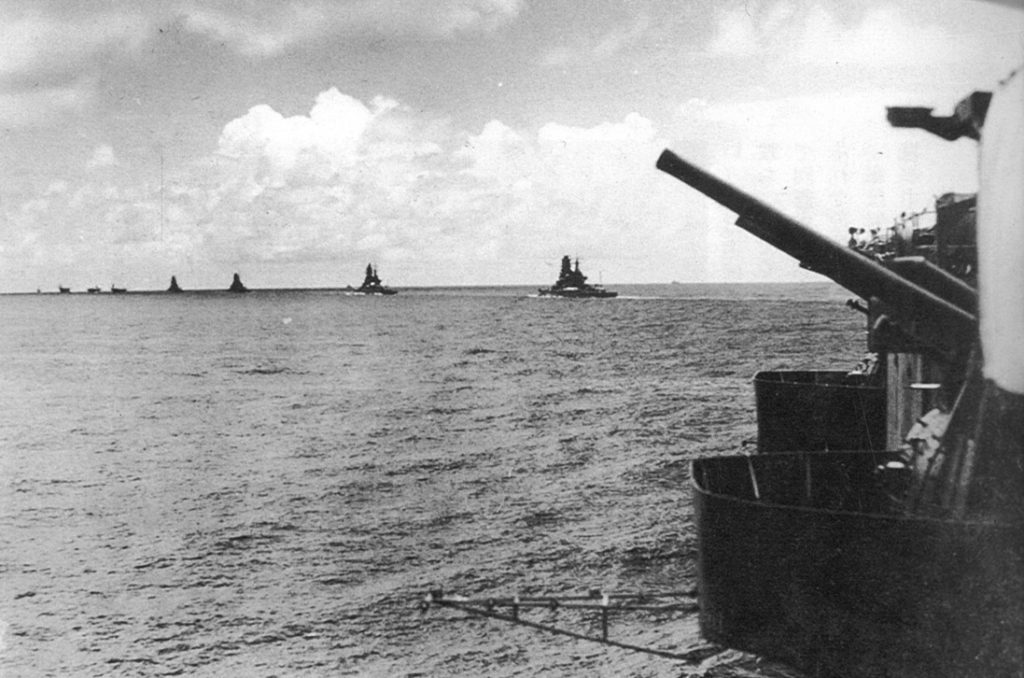
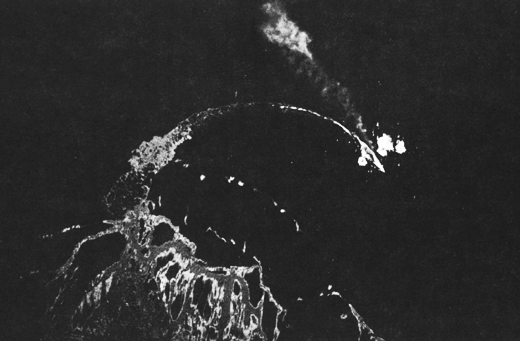
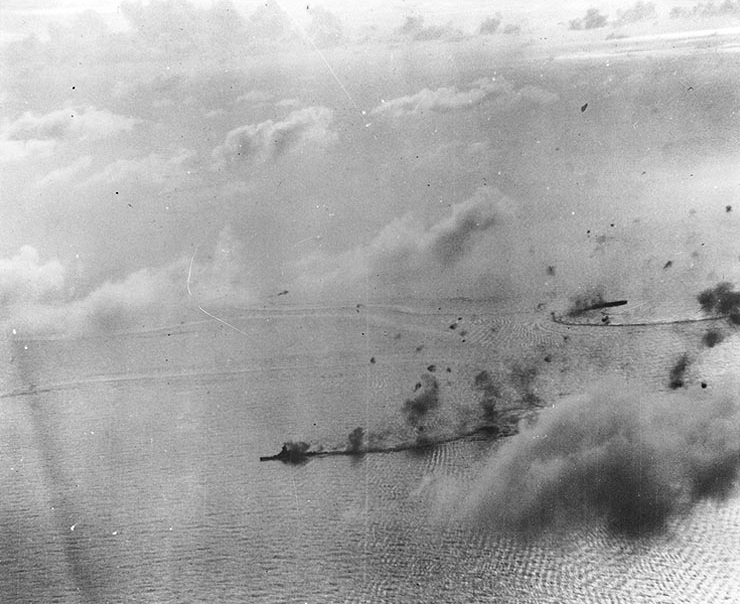
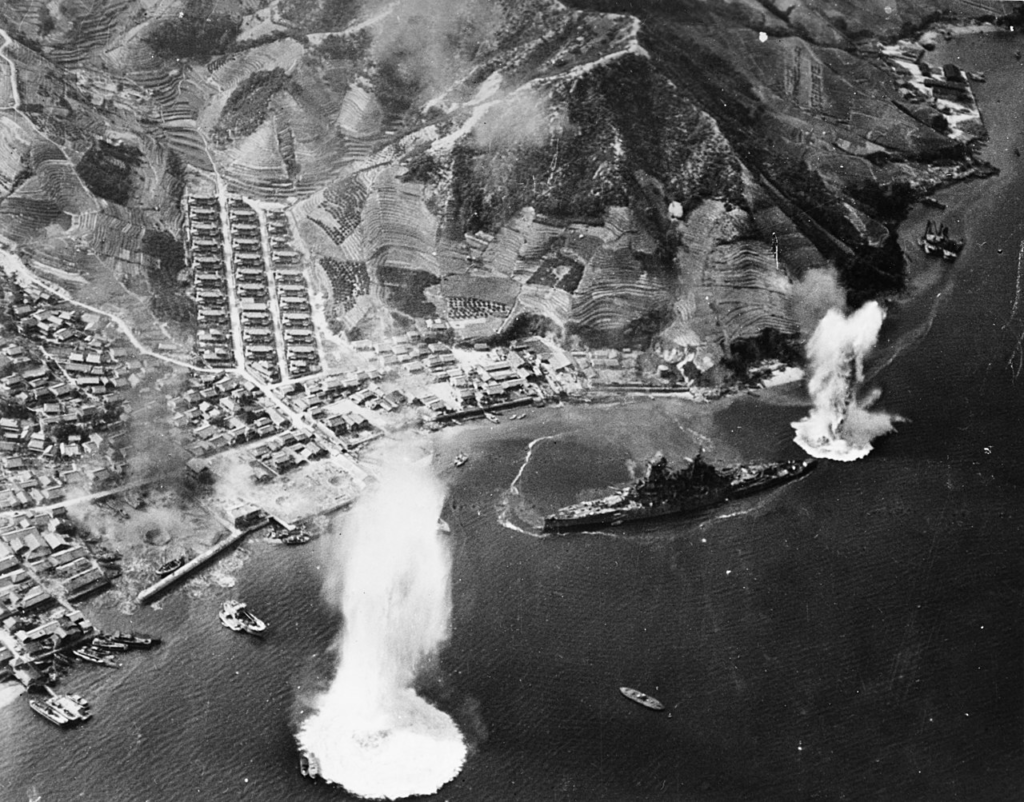
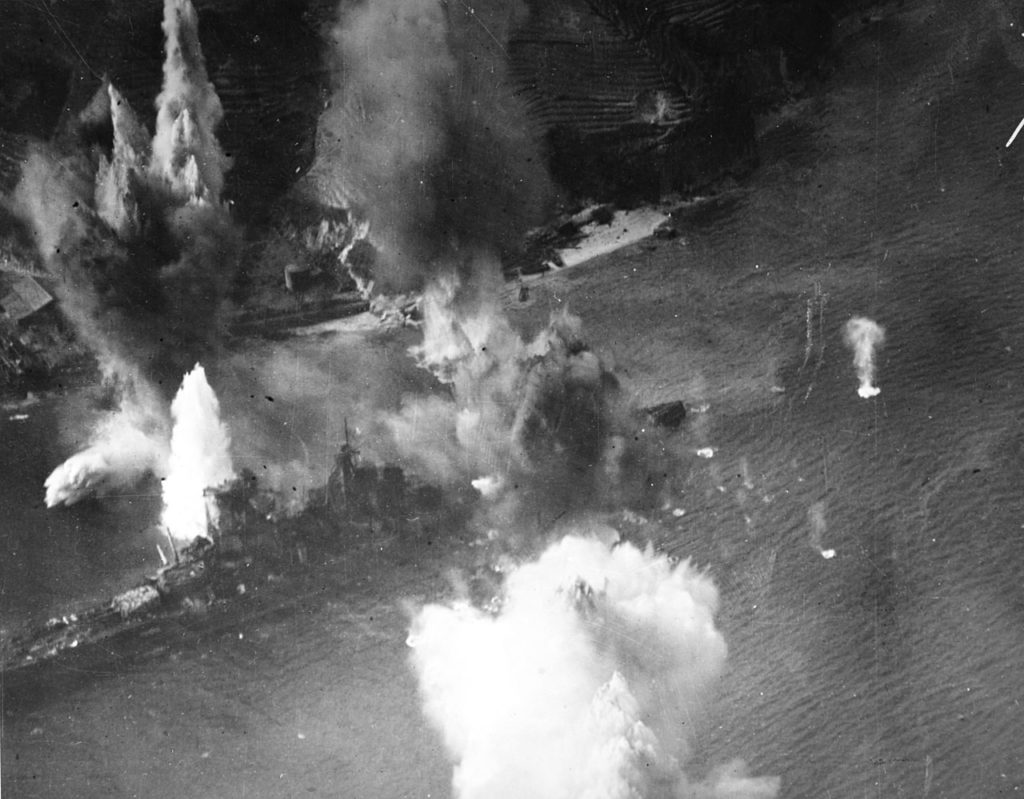
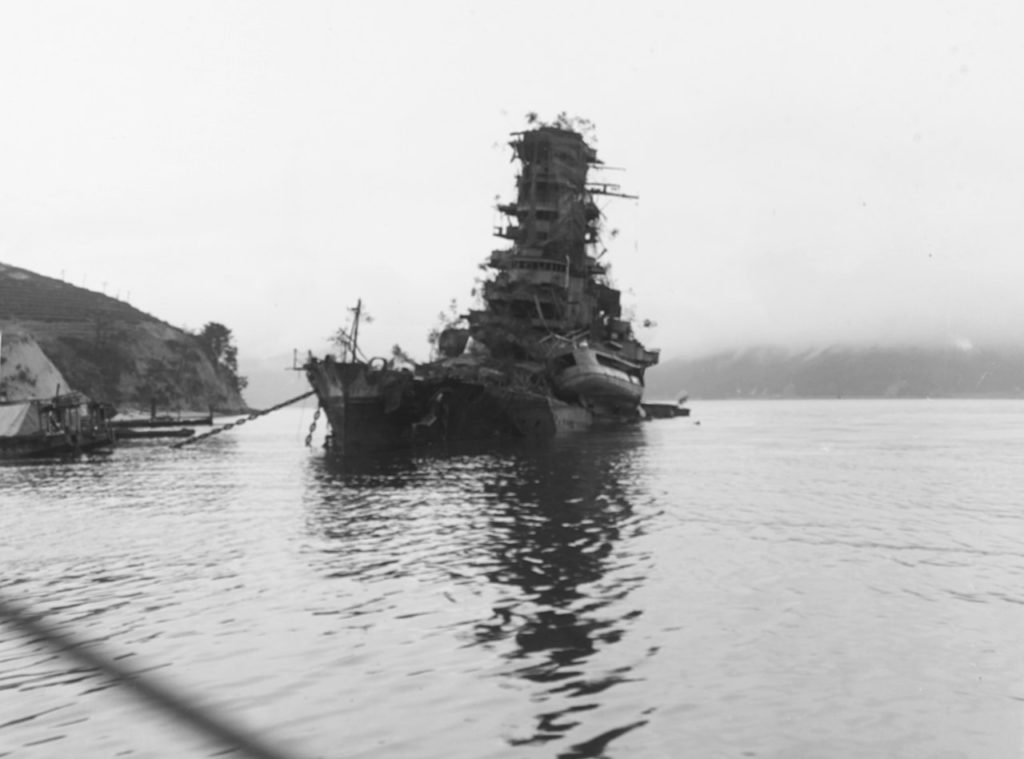

Recent Comments